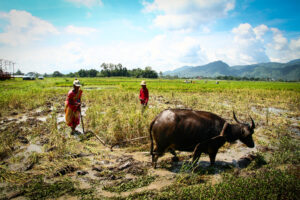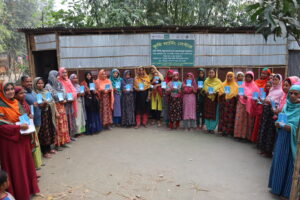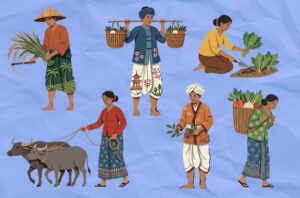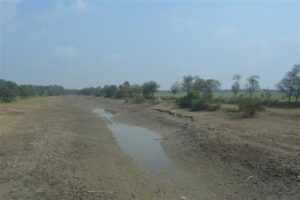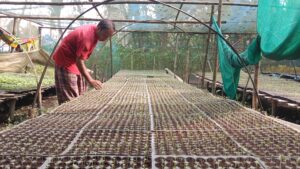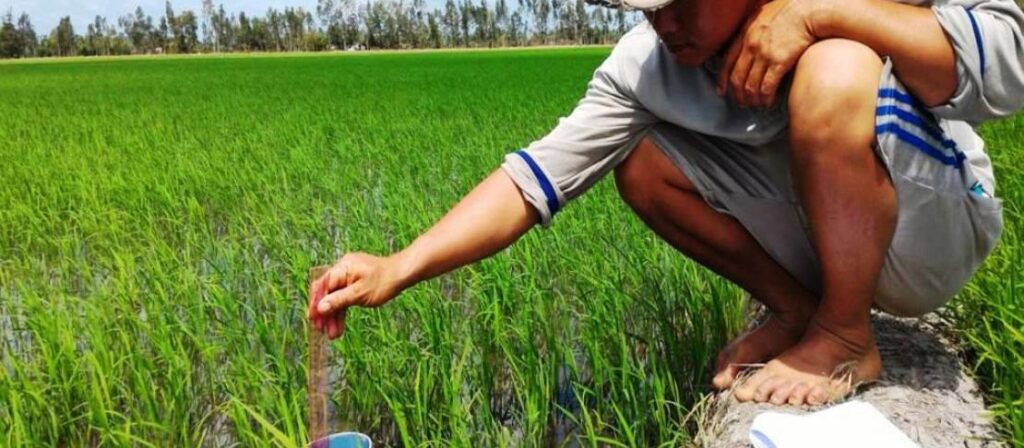
This water-conserving, emission-reducing, and cost-saving practice makes rice farming significantly more sustainable, but its widespread adoption remains challenging.
An international team of scientists published a study in Nature Food revealing that an innovative rice irrigation method, Alternate Wetting and Drying (AWD), could revolutionize global rice farming by boosting water efficiency while maintaining high yields.
Researchers from Peking University, the University of Exeter, the University of California Davis, Potsdam Institute for Climate Impact Research, Yangzhou University, Columbia University, and the International Rice Research Institute authored the paper “Improved alternate wetting and drying irrigation increases global water productivity.” This study analyzed over 1,100 field observations and found that introducing strategic drying periods between irrigation cycles can significantly cut water use without reducing rice production.
Rice feeds nearly half the world’s population but consumes about 30% of global irrigation water—more than any other cereal crop. As climate change, resource depletion, and urban demands intensify water scarcity, researchers are developing solutions to sustain food production without exhausting freshwater supplies.
AWD offers a way to reduce water consumption. Instead of continuously flooding rice fields, farmers allow them to dry periodically, reflooding only when soil moisture reaches a specific threshold. This approach optimizes water use while preserving yields, contrasting with traditional methods that keep fields submerged throughout the growing season.
The study examined over a thousand field experiments comparing AWD to traditional flooding. Findings show AWD improved water productivity in 37% of the world’s irrigated rice fields, especially in India, Bangladesh, and central China. It can also cut irrigation water use by up to 25% without reducing yields in most regions.
Beyond conserving water, AWD helps curb greenhouse gas emissions. Traditional flooded rice fields release large amounts of methane, a potent greenhouse gas. Introducing controlled drying periods reduces methane emissions while maintaining productivity. The method also lowers irrigation costs, making rice farming more sustainable in water-scarce areas.
However, the study also showed that the success of AWD depends on soil water potential, with optimal thresholds varying by region and soil type. Some soil conditions, such as alkaline soils, may require additional management adjustments to prevent yield losses.
Despite its advantages, AWD adoption remains slow in some regions due to concerns about yield stability, the need for careful soil moisture monitoring, and resistance to changing traditional farming practices. Many farmers rely on visual water-level checks and lack access to soil-monitoring tools. Limited awareness, along with gaps in policy support, further hinder widespread implementation.
AWD presents a clear path toward more sustainable rice production. With proper implementation, it can help balance agriculture’s water demands with those of other sectors, ensuring future generations have both food and water security.

